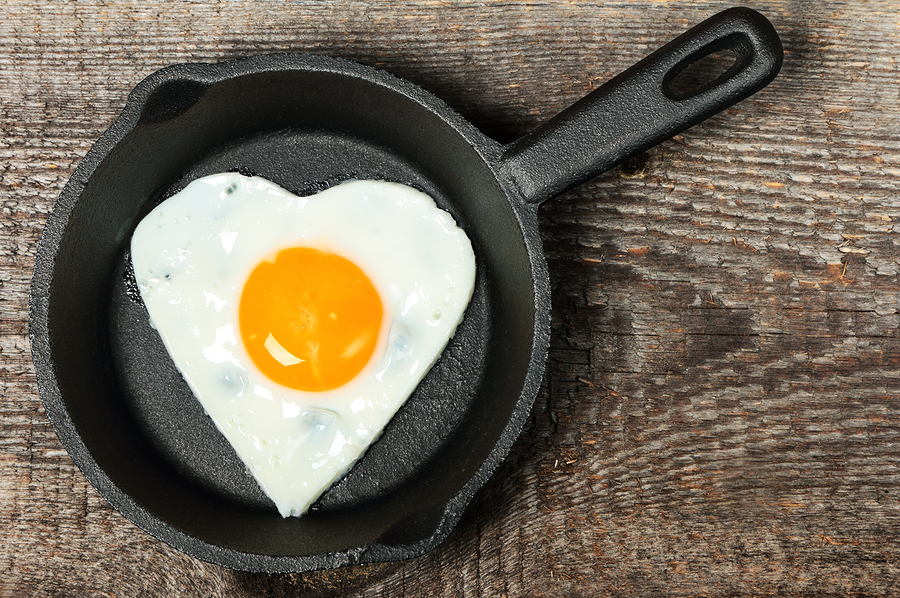5 Simple Tips To Keep Your Food From Sticking

Wow! That meal looks fantastic. Well, at least the top side looks great. Flip the food over and your guests will find a masticated mess. And it’s all because of that (insert expletive here) frying pan and its propensity to make food stick.
But, before you unleash a barrage of obscenities at an innocent piece of cookware, something has to be said. It is not the pan’s fault.
In fact, by following a few easy and scientifically-proven tips, you and that very frying pan can become best friends in the kitchen–cooking up masterpieces that look lovely on both sides.
Food is fussy. It tends to stick when your pan is either too hot or too cold. Fortunately, there is a way to ensure that your frying pan has reached the ideal temperature. It’s all about a bubble.
That last cryptic statement has likely piqued your curiosity, but it will make perfect sense in just a moment.
According to “How Do I Cook in a Stainless Steel Pan Without Food Sticking?,” the trick is to drop an 1/8 teaspoon of water into the pan as it heats and see what happens. If it does nothing or bubbles and steams, you pan is too cold. If it forms one perfect bubble that glides along the pan, however, you have reached the optimum temperature for creating a non-stick cooking surface. Add your oil and cook.
If your pan’s surface has become scratched, has a build-up of cooking spray residue, or is marred by stubborn remnants of meals gone by, your food is much more likely to stick.
When washing your favorite cookware, avoid using abrasive scrubbers. Rinse dishes as soon as possible to make a thorough wash-up easier. And never use metal or hard plastic utensils in a non-stick pot or pan.
There is a reason that fried eggs and pork chops love to stick to your pan. It’s called protein. The higher a food’s protein count is; the more likely it will adhere to your pan. “Lodge Cast Iron: How to Reduce Sticking When Cooking” explains that the protein in meat and egg white cause a chemical bond to form with your pan, but adding more oil will create a barrier and prevent this from occurring. So, if you’re cooking eggs, fish, poultry, meat, or tofu, be generous with the oil.
Mm. When a food begins to sizzle and an appetite-whetting aroma spreads through the air, you have reached cooking Nirvana. But, you the last thing you want to do is allow that gentle sizzle to transform into an outright spitting contest.
Once your food begins to spit and splatter, it has become too hot. Unless you are aiming for a scorched mess that can only be removed via a chisel, you will need to decrease the temperature a.s.a.p.
Trying to cram too much food into one pan can prove disastrous. In fact, The Science of Cooking, explains that crowding results in a lower cooking temperature and the release of moisture into the pan–making food more likely to stick and less likely to achieve the desired browning.
Instead, cook large volumes of food in batches, replacing cooking oil as necessary. And never cover the pan unless the recipe specifically calls for it.
If you’re tired of having all of your eggs “scrambled,” there is hope. These quick and simple tips can help your frying pan “bond” with you–and not your foods.
What techniques do you use take the “stick” out of your food?
